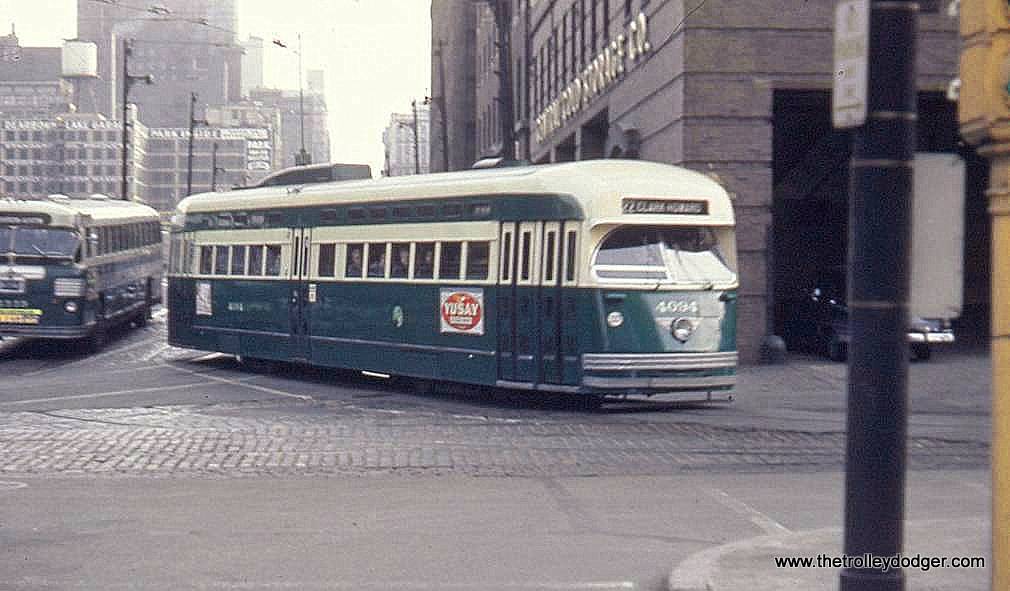Automated vehicles are designed to operate without a driver having to continually control steering, acceleration or braking. Advanced control systems and technology track the vehicle's position and monitor the driving environment. They have the potential to improve road safety, traffic flow, reduce greenhouse gas emissions and create economic opportunities for Ontarians.
The Society of Automotive Engineers (SAE) International has developed a universal classification system to define automation levels for motor vehicles:
Level 0 - No Automation: No automated features.
Level 1 - Driver Assistance: Intelligent features add layer of safety and comfort. A human driver is required for all critical functions.
Level 2 - Partial Automation: At least two automated tasks are managed by the vehicle, but the driver must remain engaged with the driving task.
Level 3 - Conditional Automation: The vehicle becomes a co-pilot. The vehicle manages most safety-critical driving functions but the driver must be ready to take control of the vehicle at all times.
Level 4 - High Automation: The vehicle is capable of performing all driving functions under certain conditions. The driver may have the option to control the vehicle.
Level 5 - Full Automation: Vehicle is capable of being completely driverless. Full-time automated driving in all conditions without need for a human driver.
Changes to the Pilot
Ontario's Automated Vehicle Pilot Program was launched in 2016 for a 10-year term to allow for the on-road testing of automated vehicles. The pilot is open to manufacturers, technology companies, and academic/research institutions.
Starting January 1, 2019, changes to Ontario's Automated Vehicle Pilot Program will open the door to new automated and connected vehicle research, development and manufacturing opportunities and create more options for Ontario drivers. The changes include:
- Automated vehicles equipped with Society of Automotive Engineers (SAE) level 3 technology that are eligible and available for public purchase in Canada can be driven on Ontario roads. These vehicles will no longer be restricted to registered pilot participants only. Vehicles with aftermarket SAE Level 3 technology (technology that has been added to a vehicle after sale, not by an Original Equipment Manufacturer) will remain restricted to the pilot program and will not be permitted for public use. Anyone driving a vehicle with any level of automation will continue to be required to be attentive at all times and obey all existing driving laws, including for distracted and impaired and driving.
- Pilot participants can test driverless vehicles on Ontario's roads, under strict conditions that will ensure tests are conducted in safe and controlled environments. For example, participants must have either a passenger on-board or a remote operator monitoring the vehicle's operations, vehicle signage requirements must be met, and local authorities must be alerted.
- Pilot participants can test connected "platooning" technology, in which large trucks are equipped with support systems and vehicle-to-vehicle communications that enable them to travel closely together as a group. To ensure safe testing, some of the requirements include having a strong carrier safety rating, having a trained and experienced driver in each vehicle, maintaining a safe gap between vehicles and following vehicle signage requirements.






